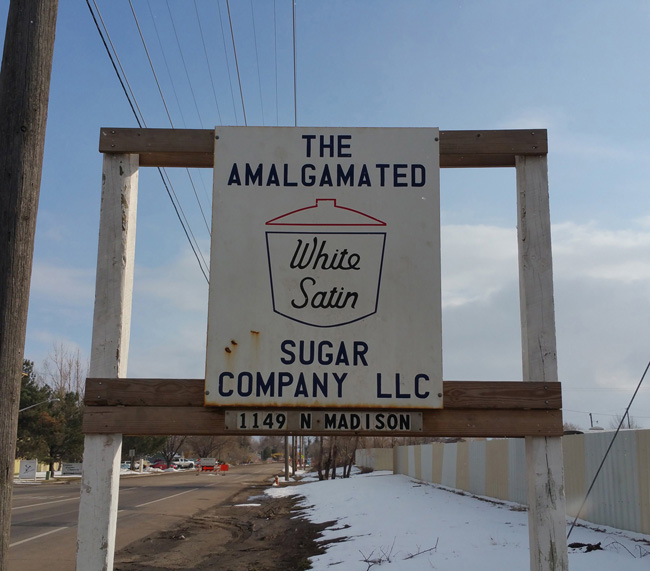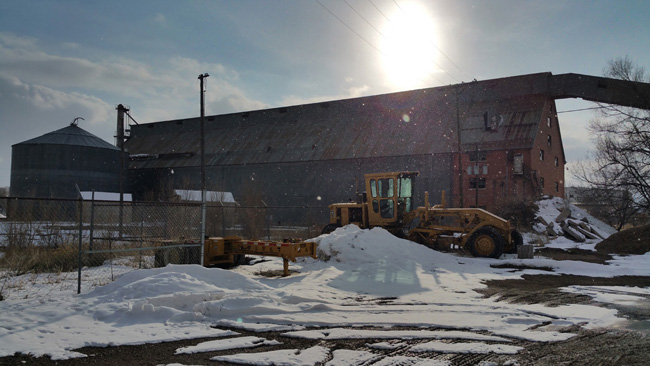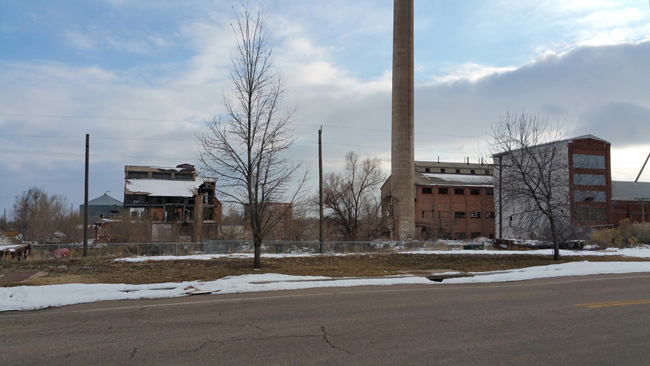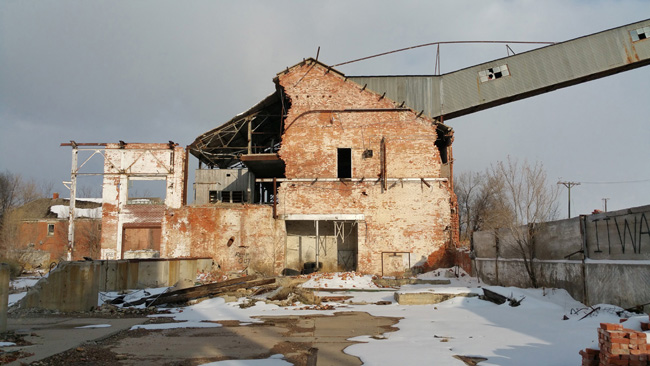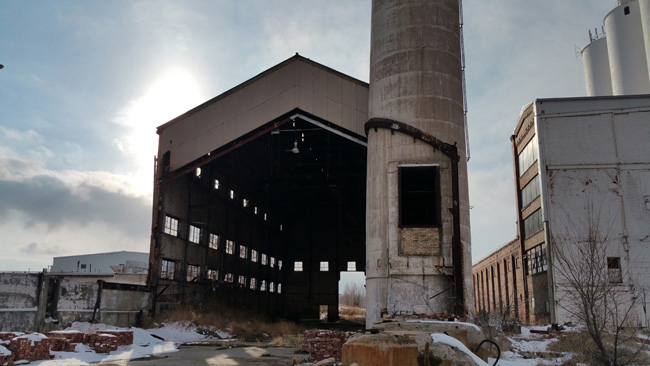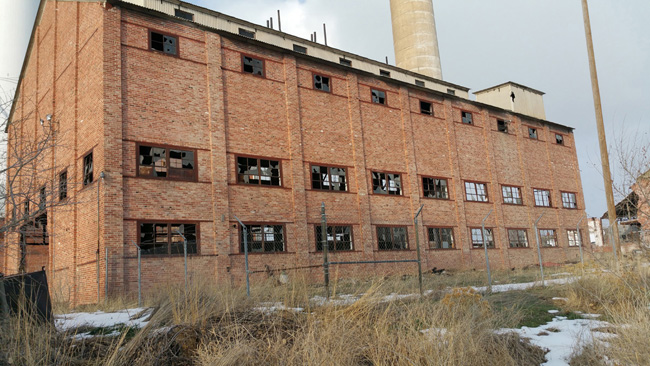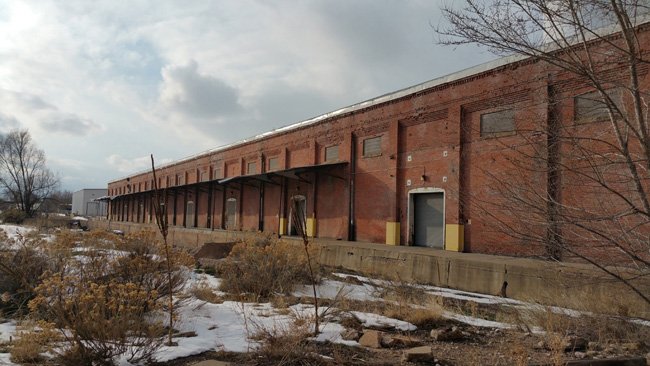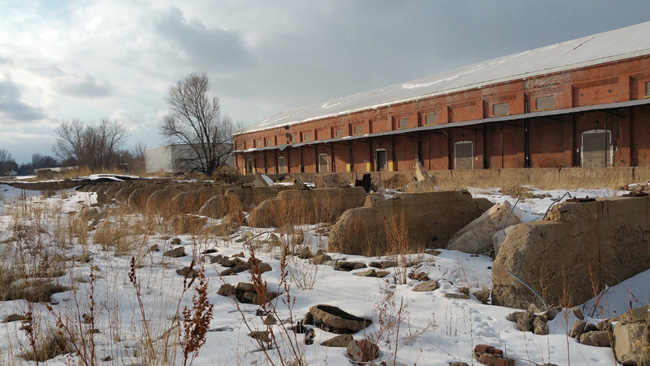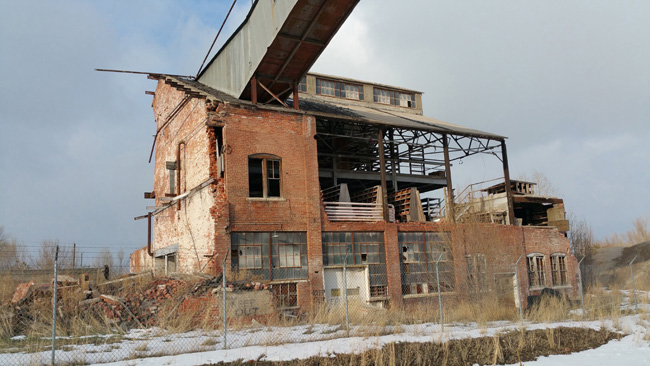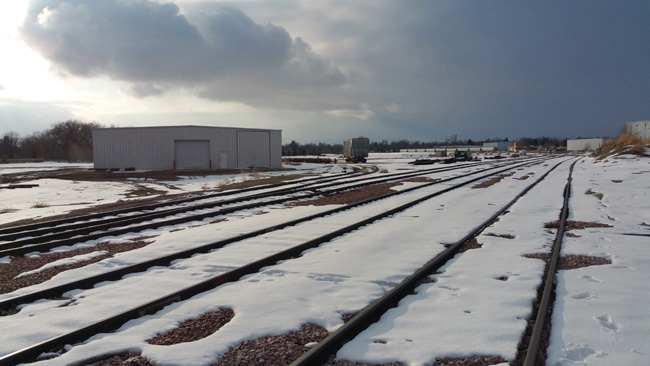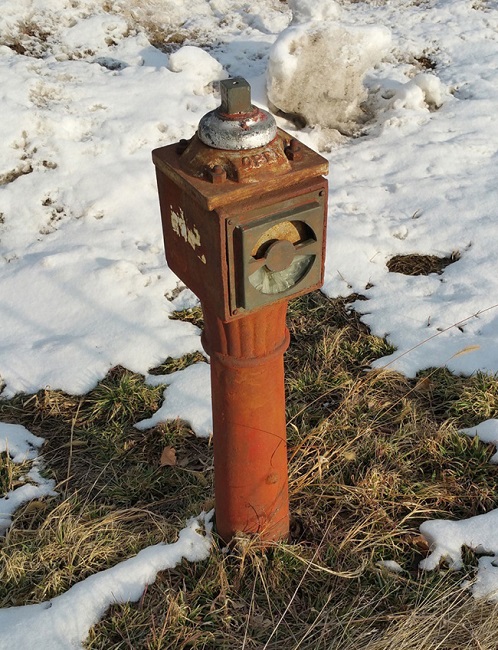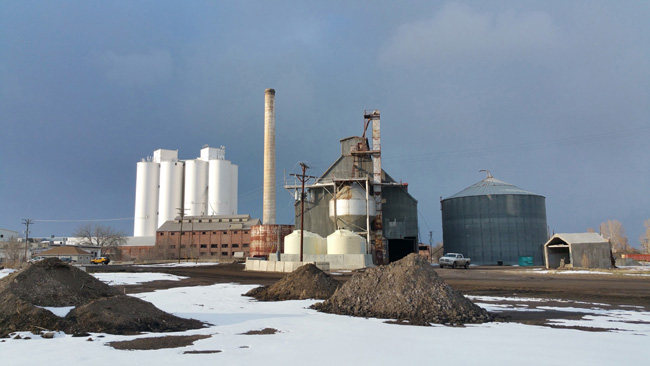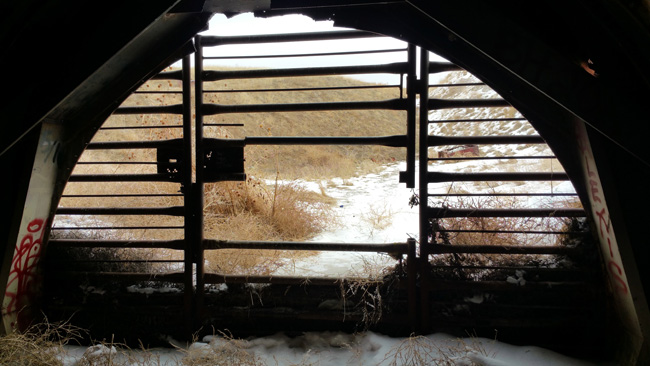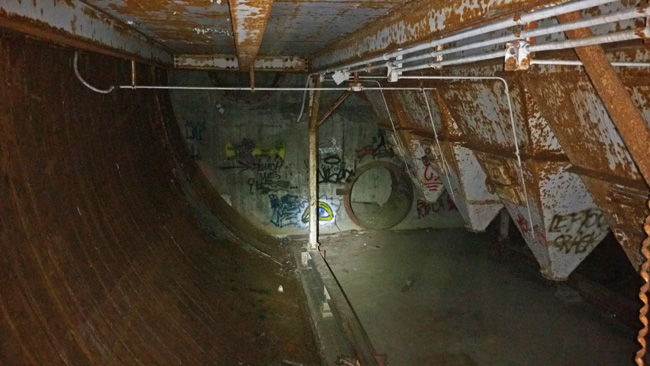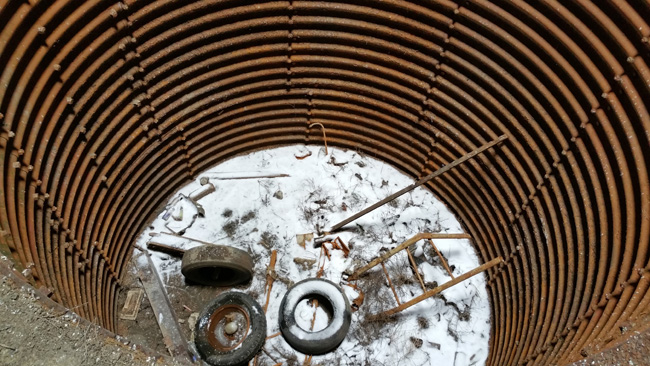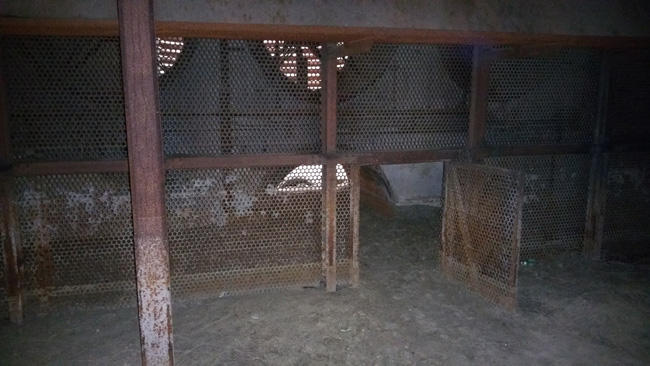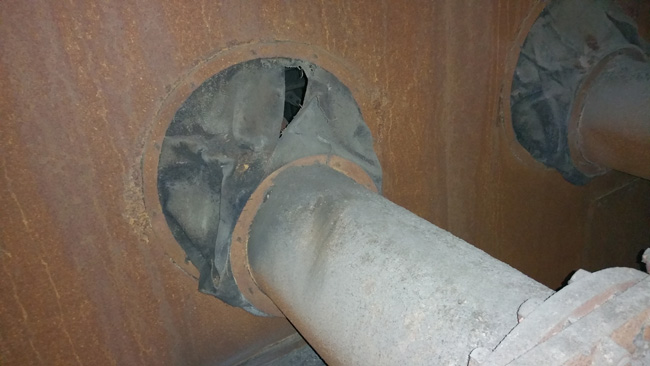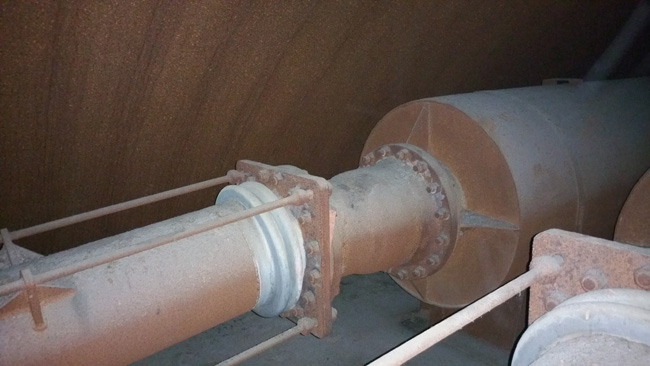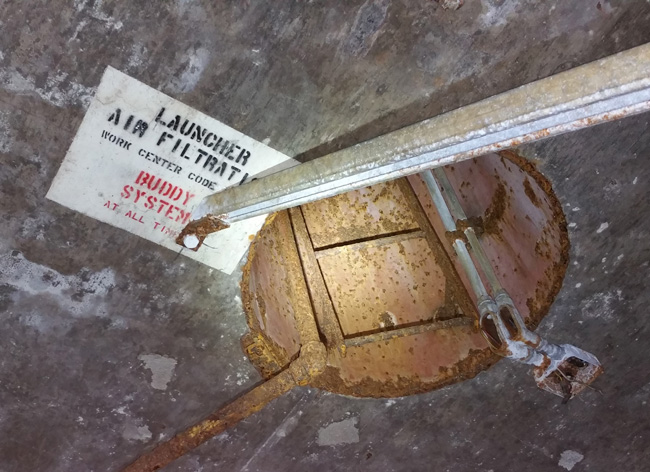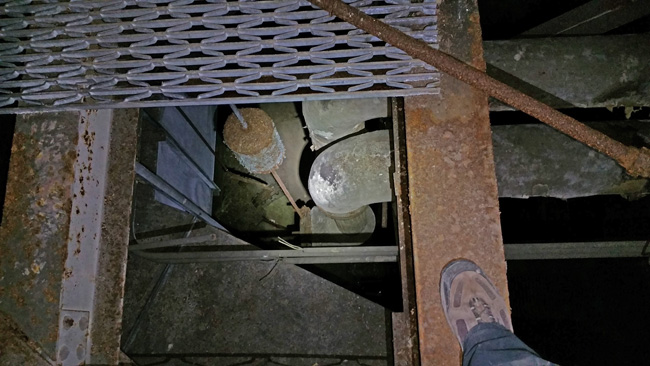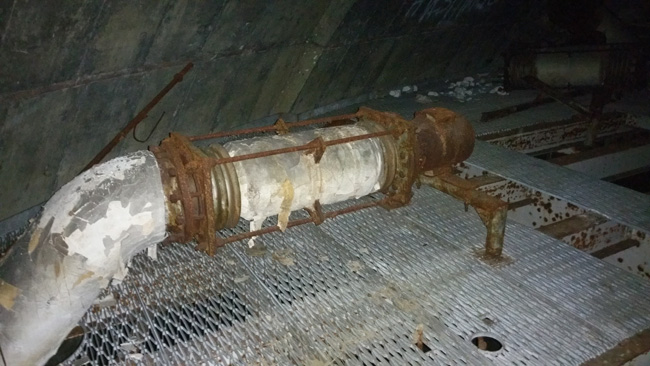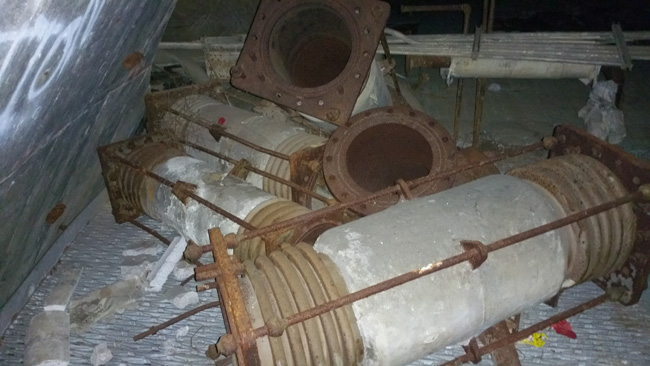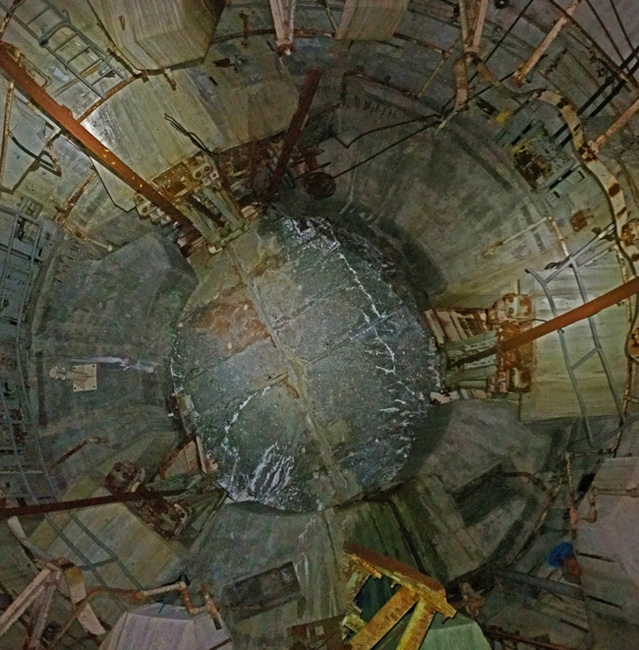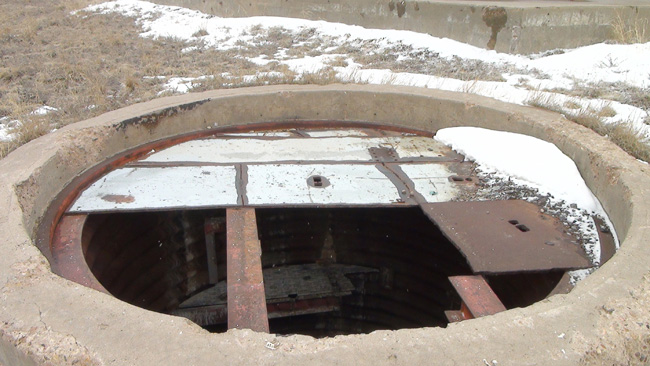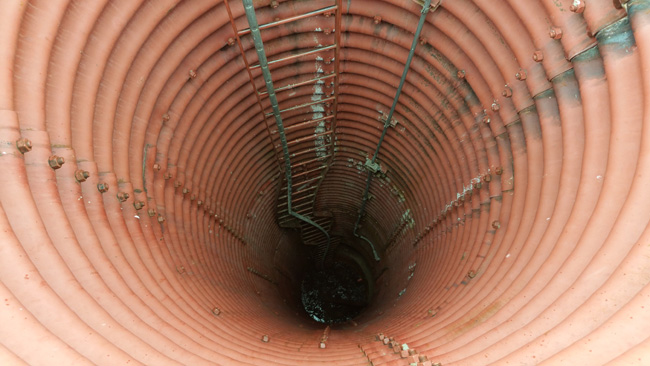I was still riding high from exploring the Titan I ICBM 2B missile silo launch complex when I drove through Denver. I stopped to grab a quick lunch and then made my way to Loveland to check out the ruins of the Amalgamated Sugar Company White Satin Plant, one of Colorado's many abandoned sugar mills.
Northeastern Colorado was once the site of the thriving beet sugar industry. Tariffs enacted in the early 1900s bolstered the beet sugar companies by artificially raising the prices of imported cane sugar. The Sugar Act of 1948 further aided beet sugar manufacturers by setting quotas for sugar imports and providing subsidies to domestic producers.
After decades of growth, Colorado's beet sugar industry began a sharp decline in the mid-1970s due to a concatenation of circumstances. In late 1974 congress allowed the Sugar Act to expire, removing the government-sponsored advantage that had so benefited the beet sugar producers.
The late 1970s was also a time when the use of sugar in the United States dropped dramatically due to increased use of alternatives such as fructose and artificial sweeteners. The resulting surplus in sugar inventories and competition from cane sugar producers led to falling prices that ate away at profitability. To compensate, many plants were closed in the latter half of the 1900s.
One of the roads alongside the abandoned sugar mill was under construction, and I knew it would be difficult to pass unseen through the site.
I decided I would walk through the grounds as though I had a reason to be there, and if anyone asked me to leave, I would.
I was dying to explore the abandoned buildings, but every entry point was spray-painted with "No Trespassing" in big bold letters and I'd seen a pickup truck drive through the lot and park next to one of the buildings, so I knew there was a good chance I'd be seen.
I wandered the grounds and settled for photos of the exteriors of the crumbling buildings. One structure was entirely gutted, so I walked through it.
On the other side was a train track. Large sections of concrete marked stalls from which sugar was loaded onto freight trains.
 |
| The heap of snow inside the train car almost resembles sugar |
A rusting metal bridge contained a conveyor belt for moving beets from the storage building to processing facility.
Large sections of the outer wall of one of the structures had fallen away, exposing the interior.
Several smaller abandoned buildings also occupied the grounds.
The smallest contained a little office.
Another appeared to have once functioned as a workshop.
A series of railroad tracks crossed the property, where trains hauled the refined sugar out of the facility for distribution.
How does beet sugar differ from cane sugar, and which is better?
Both cane and beet sugar are 99.95% sucrose, making them nearly identical. The .05% difference consists of traces of minerals and proteins.
According to chsugars.com,
Cane sugar contains trace minerals that are different from those in beet sugar, and it’s these minerals that many experts say make cane sugar preferable to use. As professional bakers have long noticed, cane sugar has a low melting—point, absorbs fewer extraneous and undesirable odors, blends easily and is less likely to foam up. And that can be very important when you’re caramelizing a syrup, making a delicate glaze, baking a delicious meringue, or simmering your family’s favorite jam recipe.Beets grow in more diverse climates and can be farmed in 12 states, while only 4 states have climates capable of supporting sugar cane.
Harvesting methods differ too. Cane fields are torched to get rid of the leaves and then the stalks are chopped down, while sugar beets are uprooted. Due to the different harvesting methods, beets must be replanted every year; cane regrows on its own.
Beet sugar is typically cheaper to produce because its refining process is less complex than that of cane sugar.
In recent years the beet sugar industry has seen a dramatic shift toward using genetically modified crops. In 2008 Monsanto introduced "Roundup Ready" GMO sugar beets, which are genetically engineered to withstand exposure to glyphosate herbicide. Most cane sugar is not GMO, but since 2010, 95% of sugar beets grown in the US are Monsanto's GMO strain.
Monsanto has so cornered the seed market that non-GMO beets are nearly impossible to come by. In 2010 a federal judge declared Roundup Ready sugar beets illegal because Monsanto had not performed the necessary environmental impact studies. But non-GMO beets had already become so rare that the USDA told farmers to ignore the ruling in order to avoid a probable 20% decrease in crop yields.
Nowadays, 55% of sugar sold in the US is beet sugar. If a package isn't specifically labeled as cane sugar, it probably contains beet sugar, which means it is almost certainly GMO.
After my relatively short time in Loveland's abandoned sugar mill, I got back on the road and headed west toward Utah, where I would spend the night in the incredible ghost town of Cisco, which quickly became one of my favorites.
If you enjoyed this article, feel free to share it on Facebook. While you're at it, please subscribe to Places That Were and follow me on my social media sites:
Facebook: http://www.facebook.com/placesthatwere
Google+: https://plus.google.com/u/0/+JimSullivanPlacesThatWere/posts
EyeEm: https://www.eyeem.com/u/placesthatwere
flickr: https://www.flickr.com/photos/placesthatwere/
Twitter: https://twitter.com/placesthatwere/
Youtube: https://www.youtube.com/jimplicit
Instagram: http://instagram.com/theplacesthatwere
Tumblr: http://placesthatwere.tumblr.com/
Thank you!

